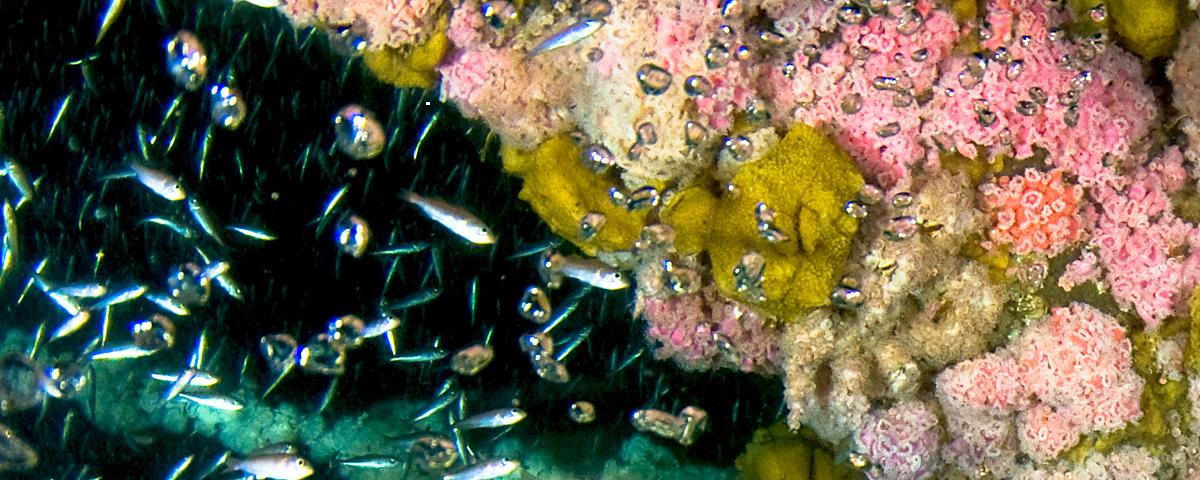Vertical distribution, size structure, and habitat associations of four Blenniidae species on gas platforms in the northcentral Gulf of Mexico
Abstract
We counted individuals of the family Blenniidae and estimated their sizes on gas platforms southeast of Dauphin Island, Alabama. We observed species abundance decreasing as depth increased. Fish sizes also decreased with depth. The most abundant species was molly miller, Scartella cristata, followed by plumed blenny, Hypleurochilus multifilis, tessellated blenny, Hypsoblennius invemar, and seaweed blenny, Parablennius marmoreus. Total blenny abundance was positively related to the barnacle, Megabalanus antillensis, and dissolved oxygen concentrations, and inversely related to Anthozoa. Individually, S. cristata was correlated with M. antillensis, and inversely related to salinity, while the other blenny species showed more complex correlations to invertebrates. As a community, blennies showed a clear separation based on depth independent of offshore/inshore sites and sample date based on multidimensional scaling analyses. Our study suggests that attached invertebrates, particularly M. antillensis, provided a predation refuge, allowing these blenny species to exist in an otherwise unsuitable habitat, i.e. open shallow waters of the northern Gulf of Mexico.

